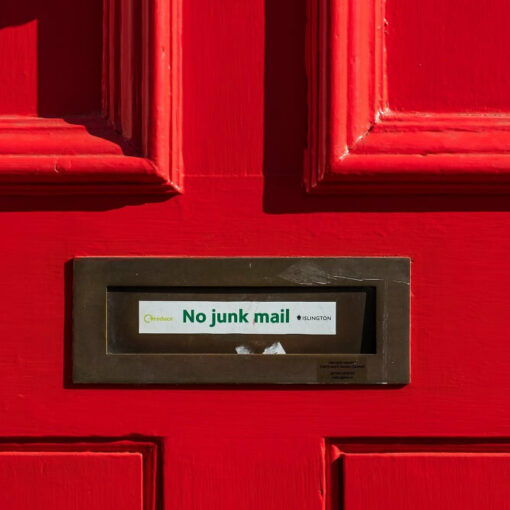Content creation is one effective strategy to generate organic traffic. It is sometimes also referred to as Search Engine Marketing (SEM). Unlike Ads which have to be paid, SEM something that has to earned. You have to earn the trust of your visitors by providing good relatable content.
If done well, SEM could establish you as an authority in your niche, and eventually, bring more business for you.
For starters, in this post, we will limit our content creation to writing for a blog. It is more involved than most might think.
In the physical offline world, you just need to create a story fit for human consumption. However, a post in the online world, have also to satisfy search engine ranking criteria, and fend off competition.
On the web, there are many blogs with similar content. Besides paying for ads, how can you rise above the crowd? While ranking higher in a Search Engine Result Page (SERP) is essential. However, we shouldn’t be too fixated on ranking top of the list. The holy grail is the click through to your website, this is what we should be actually focussing on.
Let’s go back to basics and understand how a customer’s purchase journey. From there, we can get some clue as to how we can get them to visit our website.
When a user searches on a particular topic, many results will appear on the SERP.
Assuming you are one of the links that appear on the page, how would you get the user to click on the link that leads back to your page? That is the first hurdle you need to overcome. If the link is not clicked, it doesn’t really matter how good the article, it is not going to be read by that web surfer.
Fortunately, there is more than one way to increase the likelihood of that click happening. In this post, we will confine ourselves to optimizing the content for that precious click.
The first step is to brainstorm on some keywords and key phrases that your visitor would likely most likely input in the search engine bar.
With the keyword list, you have generated, you next check the volume and competitiveness of each keyword or phrase.
Once you have narrowed down to a few keywords, you go back to the search engine and enter your keywords.
On the search engine results page (SERP), Ignore the results from paid Ads, you need to look at the top listed sites, and understand why they are ranked higher?
After reviewing your competitive results, you would be able to craft a more persuasive, captivating headline that would pique the visitor’s interest to want to click it.
Once you get that precious click, you want to look at providing useful, relevant content. The content not only has to be human friendly but also search engine friendly. The latter is what we termed as on-page SEO.
In the
next paragraph, we will look in detail where being friendly entails from the
content perspective.
Human friendly
By being human friendly, your article has to be easy to read. As a baseline, your blog post needs to be appropriately structured. There must be a good flow and proper use of English.
Spelling errors should be kept at a minimum or ideally non-existent. These errors could negatively impact the credibility of the author.
Using synonyms will prevent your post from sounding repetitive.
Using similes will make your words be more vivid and come alive.
Using metaphors will make complex concepts easier to grasp.
Just like in a mini-series, deploying appropriate hooks in your content will keep your audience reading on.
Whenever possible, having mixed content formats (i.e., using images, videos, infographics) will make your post more interesting for your audience.
Before you launch that post, there are several things you need to check, they would be grammar, spelling errors, and plagiarism.
Remember, at the end of the day, if your blog is not human friendly, your visitor would quickly abandon your site and head for another website, potentially a competitive one.
Search engine friendly
If your website is not search engine friendly, your ranking on search engines will slowly drop. This, in turn, will cause your organic traffic to be reduced to a trickle.
There are over 200+ ranking factors in Google’s algorithm. Some are more important than others.
Using the right keyword and strategically placing them in your post is one ranking factor.
However, you must not overdo it with keywords as overstuffing your post with them can get you penalized and even blacklisted by the search engines. You definitely don’t want that to happen to your site.
Using related keywords will allow search engines to better understand the context of the post, and display the page accordingly.
Take, for example, someone is interested in the animated movie – “Cars”, he will type the word “cars” in the search bar. If the website doesn’t have any related keywords to put the move “cars” in the context of the animation movie, the search engine would most likely return a page on automobiles (i.e., car models, car brands, car dealership, etc.). This is not what the user would want. Hence as a website/blog owner, you need to inject related keywords to help the search engine what your site is all about.
The length of the posts also plays a part in influencing search result pages. Your various posts need to have the appropriate length. A post of 300 words would be an excellent baseline to start.
While the list above is not exhaustive. You can now better appreciate the various steps that go into creating a human and search engine friendly post.
Remember, all your readers have choices and their arrival on your page is cerntainly not entirely by chance.
You have worked hard (i.e., doing your research to create compelling headlines) to get your visitor onto your page. You reward your reader with quality content, and hopefully, in return, they can reward you by becoming a fan of your webpage.
All of this can only happened through well-conceived planning and preparation.
With can help you with your content creation, shall we have a conversation soon? Contact us today!





